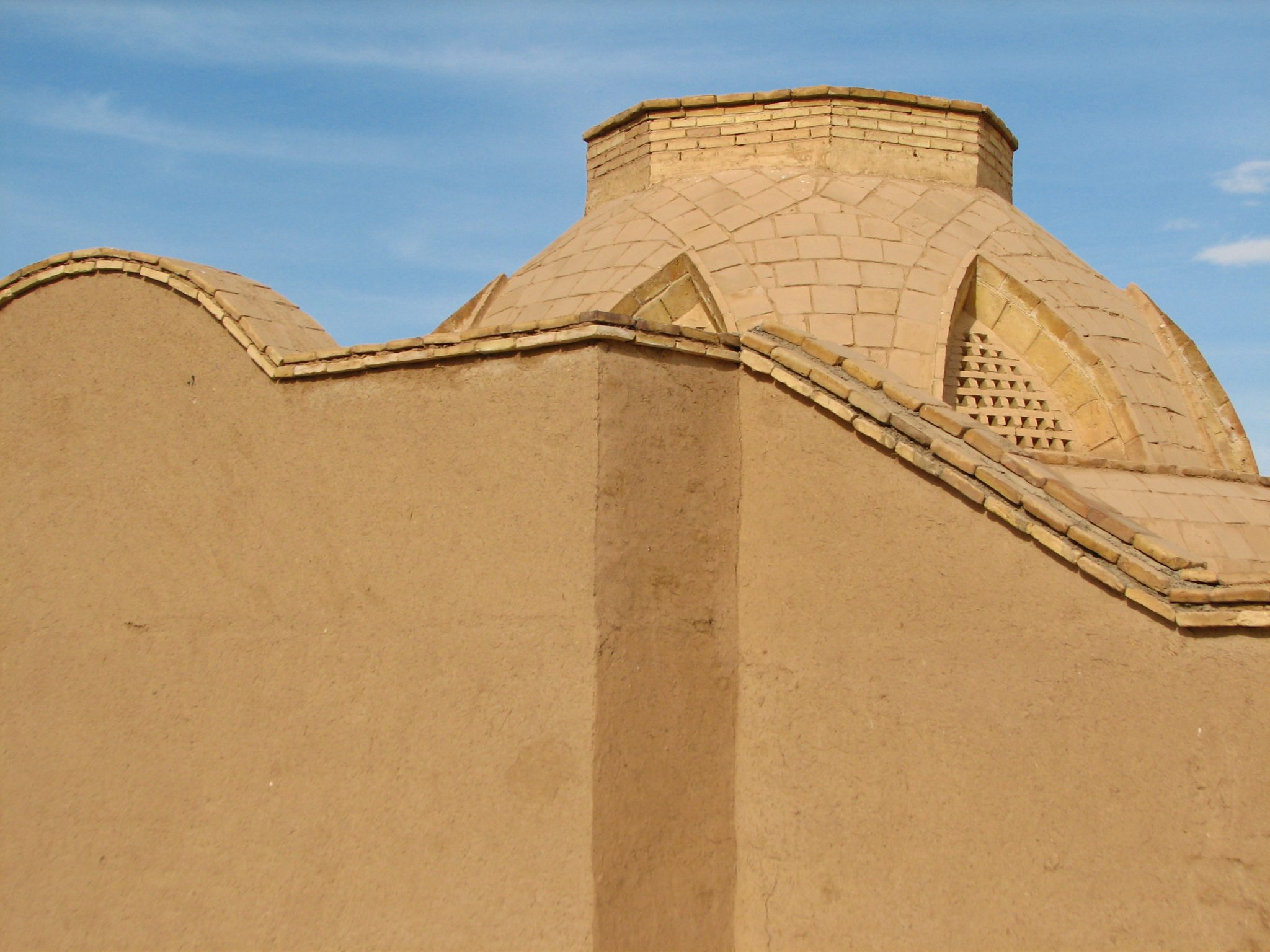Biosphere Reserve
Having been protected since 1957 this region became the first national park of Iran in 1967 prior to its recognition as a biosphere reserve in 1976. Located in Golestan, North Khorasan and Semnan provinces and at the eastern end of the Hyrcanian forests, this park has an area of 87402 ha. The region is mountainous with altitudes ranging from 450 to 2411m above sea level. The river Madarsoo has divided the park into two northern and southern halves. The mean annual precipitations are 150 and 700 mm in the east and west of the region, respectively. The mean annual temperature ranges between 11.5 and 17.5 C. Golestan national park has temperate sub-humid and humid climates with very high biodiversity and more than 1400 plant species identified. The main plant species of the park include chestnut-leaved oak, hornbeam, maple, elm zelkova, Persian parrotia, lim tree, alder, Caucasian wingnut, Montpellier maple, berberry, juniper, common juniper, Persian oak saffron, autumnal narcissus, wormseed, saltwort, prickly thrift, different orchids, irises and tulips. Some of the main animal species of the region are red deer, roe deer, goitred gazelle, urial, wild goat, brown bear, leopard, jungle cat, Pallas’s cat, wild cat, stone marten, pine marten, wild boar, wolf, cape hare, Indian crested porcupine, European hedgehog, bee eater, rock nuthatch, sparrow hawk, pheasant, golden eagle, bearded vulture, saker falcon, peregrine falcon, partridge, bunting, various buzzards, Caspian pond turtle, central Asian tortoise, viper, cobra, diadem snake, saw-scaled viper, lenkoran, Caspian vimba, and rainbow trout. Tiger and cheetah are two of the extinct species of the region. Exceptionally high biodiversity, beautiful sceneries, frequent water supplies and proper access roads have given rise to the development of educational, research and tourist activities in the park..




